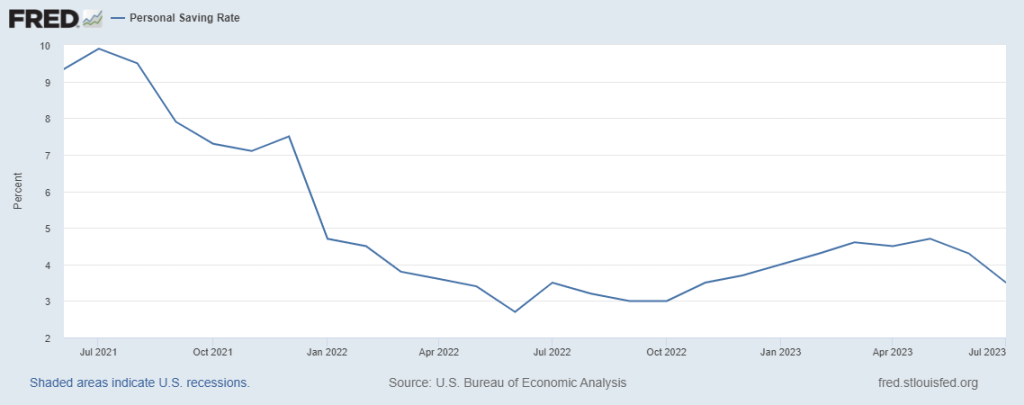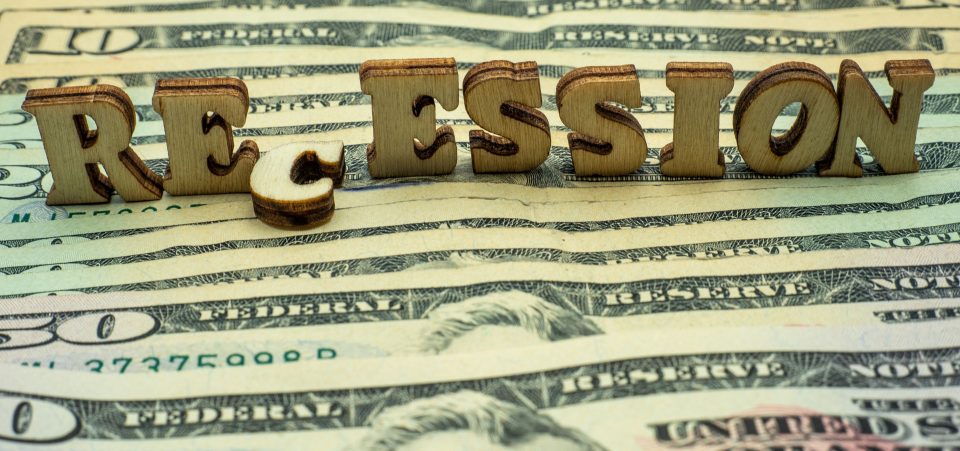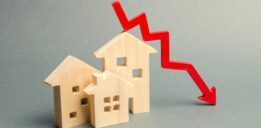Severe Recession Likely as U.S. Consumers Struggle to Save
Fact: the U.S. economy can’t go far without consumers spending money. Sadly, consumers in the U.S. are struggling, which says a recession could be looming (and could be severe). A soft landing looks like a hope-based scenario, so investors shouldn’t get complacent.
How do you determine the financial health of consumers? You look at their “balance sheets.” Do they have savings? Do they have job security? How are their outlays? And so on.
Let’s begin by looking at savings figures. See the chart below, which plots the U.S. personal saving rate. Currently, Americans are saving just 3.5% of their disposable income. In other words, Americans are only saving $3.50 of every $100.0 of disposable income.
Looking at the personal saving rate from a historical perspective, it has collapsed recently. In 2021, Americans were saving close to 10% of their disposable income. Currently, they’re saving the least amount since 2005–2006.
Don’t forget, savings help fund bigger houses, better cars, and other large purchases.

(Source: “Personal Saving Rate,” Federal Reserve Bank of St. Louis, last accessed September 6, 2023.)
Expenses Soar: Interest Payments More Than Double
While the personal saving rate is one factor that shows economic stress, there are others. Take a look at another chart below. It plots U.S. personal interest payments. Essentially, these are non-mortgage interest payments.
Since the Federal Reserve has been raising its benchmark interest rate, it’s no surprise that interest payments have been spiking.
In early 2021, personal interest payments in the U.S. were about $250.0 billion. Now the amount has increased to $506.0 billion. It has more than doubled!
Higher interest payments eat up consumption somewhere else. If you have to make higher debt payments, it’s very unlikely you’ll be able to spend lavishly on vacations, gadgets, and other non-essentials.

(Source: “Personal Interest Payments,” Federal Reserve Bank of St. Louis, last accessed September 6, 2023.)
Job Cuts Skyrocket
If you look at the mainstream financial press, you’ll likely see a lot of claims that the U.S. job market is hot. I can’t stress this enough: you must look deeper than the data that gets quoted everywhere.
Take a look at the Challenger Report, which is issued by the global outplacement and executive coaching firm Challenger, Gray & Christmas, Inc. The latest report says that, in August, U.S.-based firms announced 75,151 job cuts. This represents an increase of 217% from July and a 267% increase year-over-year. (Source: “Challenger Report: August 2023,” Challenger, Gray & Christmas, Inc., August 31, 2023.)
Don’t for a second think that this was just an August 2023 thing. In the first eight months of 2023, U.S.-based companies announced 557,057 job cuts. This figure spiked by 210%, compared to the same period a year ago. It’s also the highest number for this eight-month period since 2020, and the third-highest number for the period since 2009.
How Can the U.S. Economy Avoid a Severe Recession?
Dear reader, if savings are dropping fast, expenses are increasing, and jobs aren’t secure, what will consumers do? It’s not rocket science; it wouldn’t be shocking to see U.S. consumers pull back on their spending in the coming months and quarters. If that happens, how could the U.S. economy avoid a recession?
These days, there’s a significant amount of noise about how the U.S. economy will go through a mild recession and have a soft landing, and that one shouldn’t expect anything adverse. This is dangerous thinking.
I can recall that, back in 2007—and even 2008—we were told that nothing was wrong. At that time, the “soft landing” argument was prevalent, and anyone who even suggested there could be something horrific along the way was ridiculed.
I continue to watch the economic data carefully. At the moment, the leading indicators are saying a severe recession shouldn’t be ruled out. I also know that it takes a while for everything bad to show up in the data. I think the next few months will be very critical.
Since the beginning of 2023, it seems as if investors have bought into the idea that everything is great and that the U.S. economy could avoid a severe recession. Be very careful. Once the data turns bad and investors realize they were wrong, they could ditch stocks very quickly. If investors do run for the exits, I wouldn’t be surprised if the key indices test the lows of October 2022, if not go lower.






